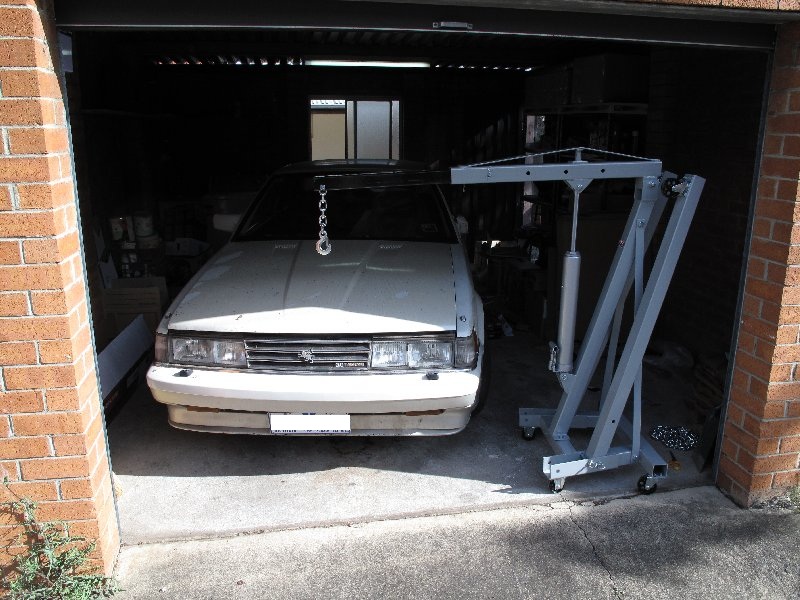Started like this:
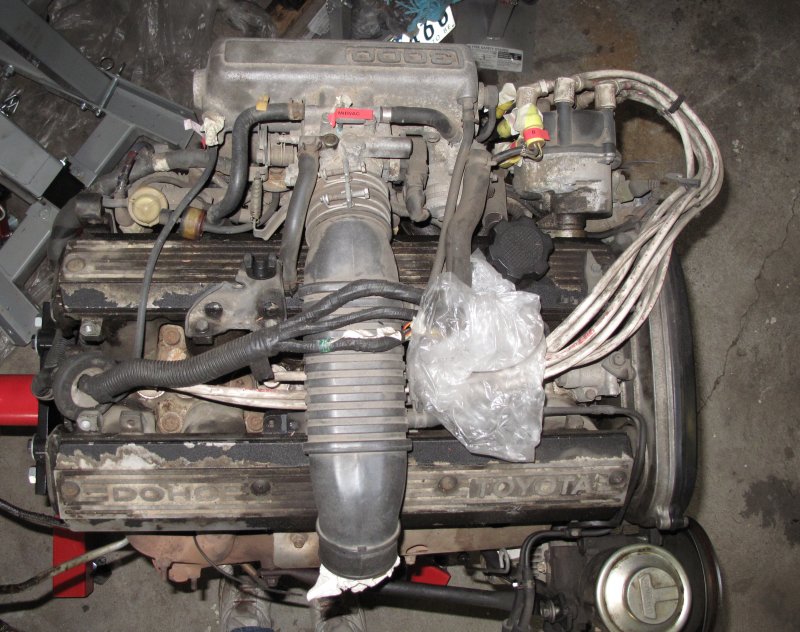
Finished Like this:
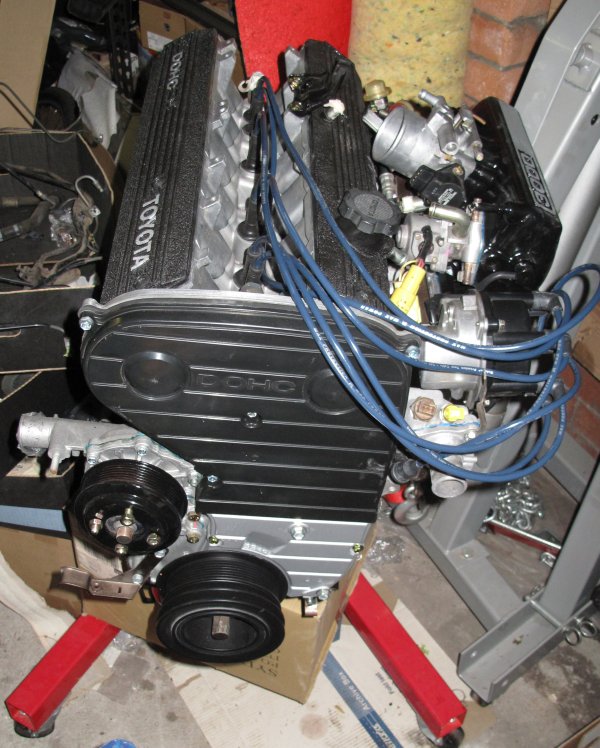
Install the parts I am still waiting on.

Install all the other bits and pieces:
- Radiator
- Air Conditioner
- Engine Wiring
- Exhaust
Run the engine.
Finish off building the car.
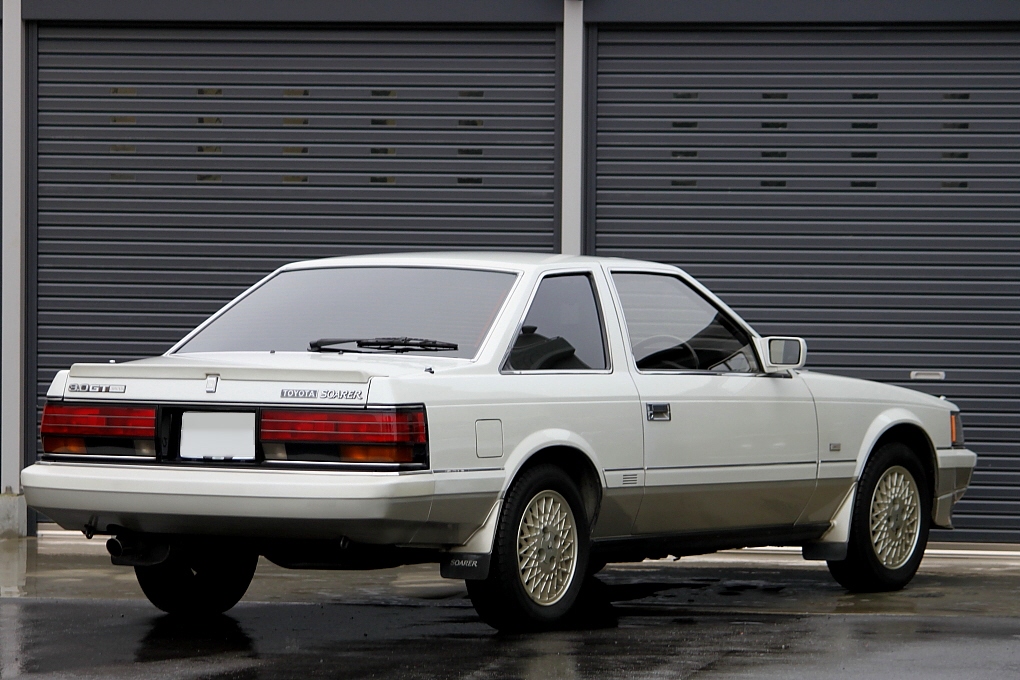
Once the transmission is mounted to the engine, it can be installed in the car.
Notes:
- Take your time, you really really don't want to ruin your project after all the work you put in (however, most things can be repaired)
- This is much easier with someone to help.
-
Difficult parts
- Getting the engine over the fender (you wouldn't have to do this if you had a flat drive way or a bigger garage)
- The last 2cm
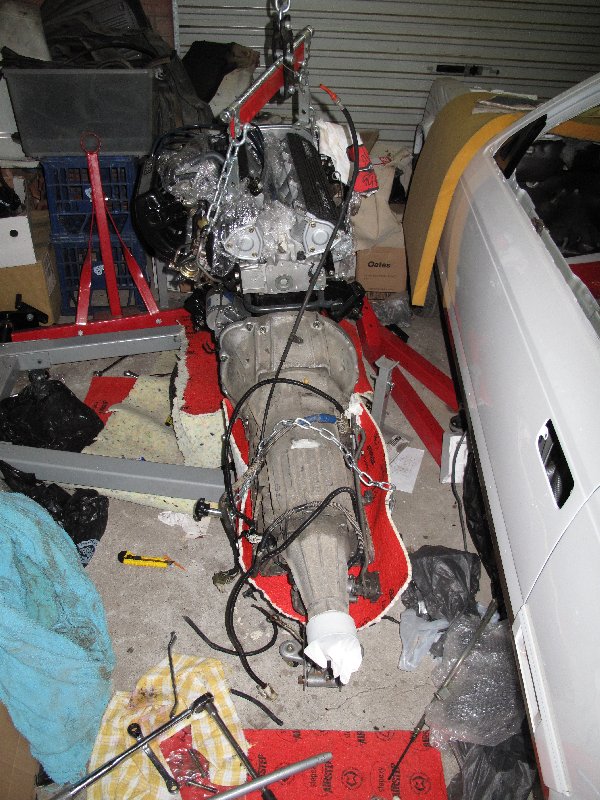
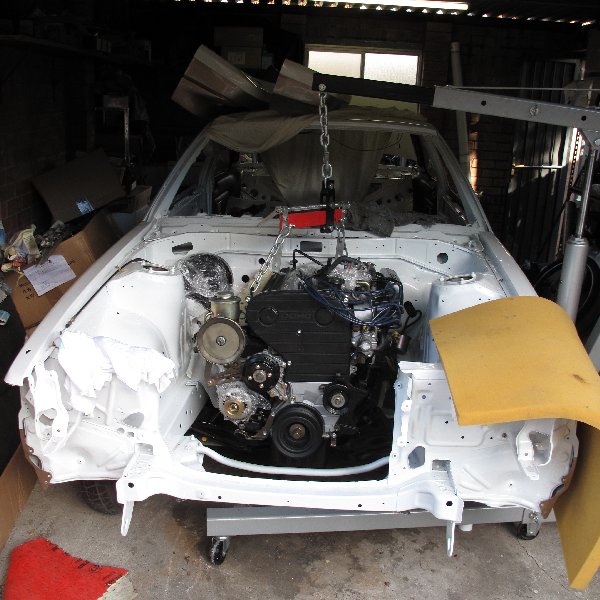
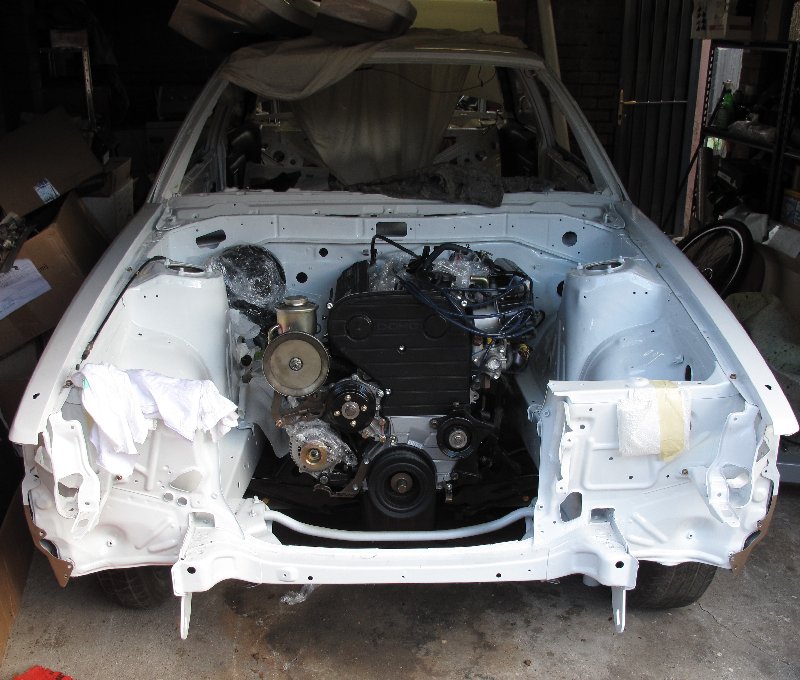
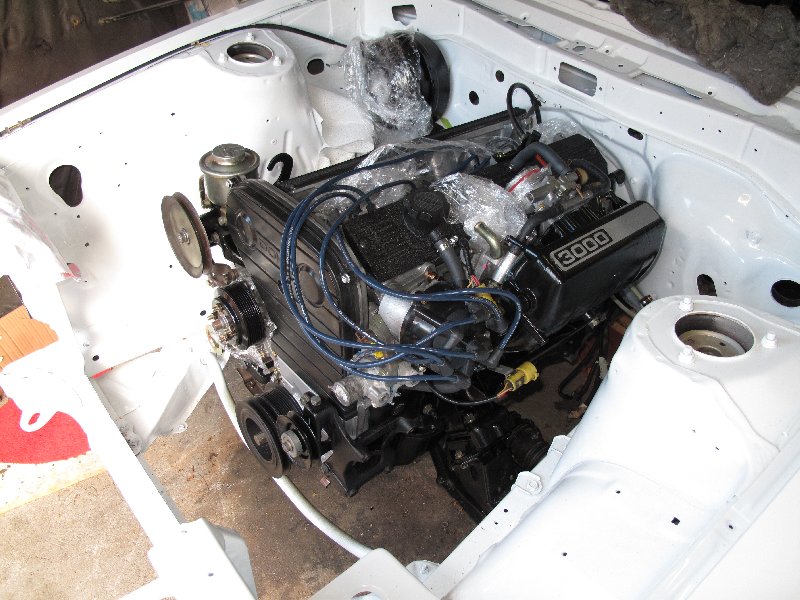
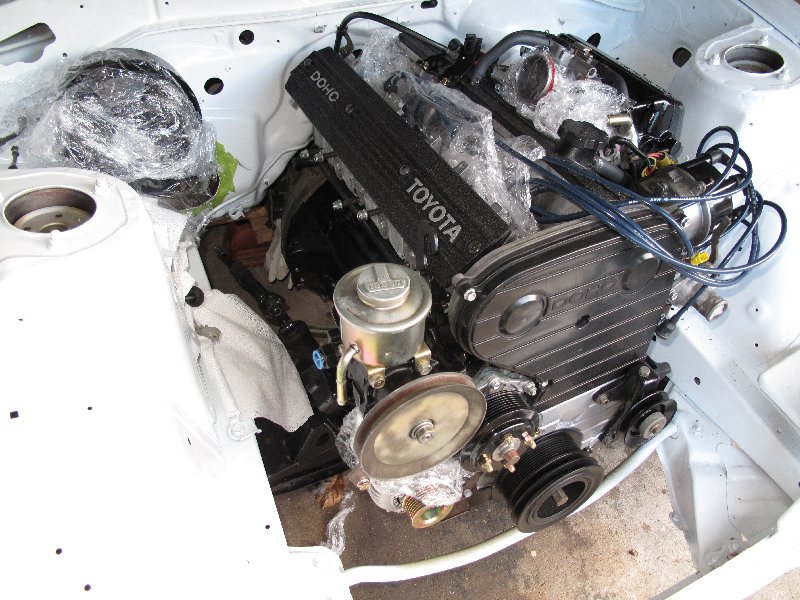
Success!
This is the last thing to be done before installing the engine in the car. You could potentially install the engine in the car and then install the transmission but this will undoubtedly be more difficult.
Notes:
- Torque is really important, especially on the flywheel and harmonic balancer.
- Be careful of intertia of an engine on a crane, it's basically a potential wrecking ball.
- Installing the Torque Converter in the Transmission correctly is important.
- Using a Transmission Jack makes this much easier.
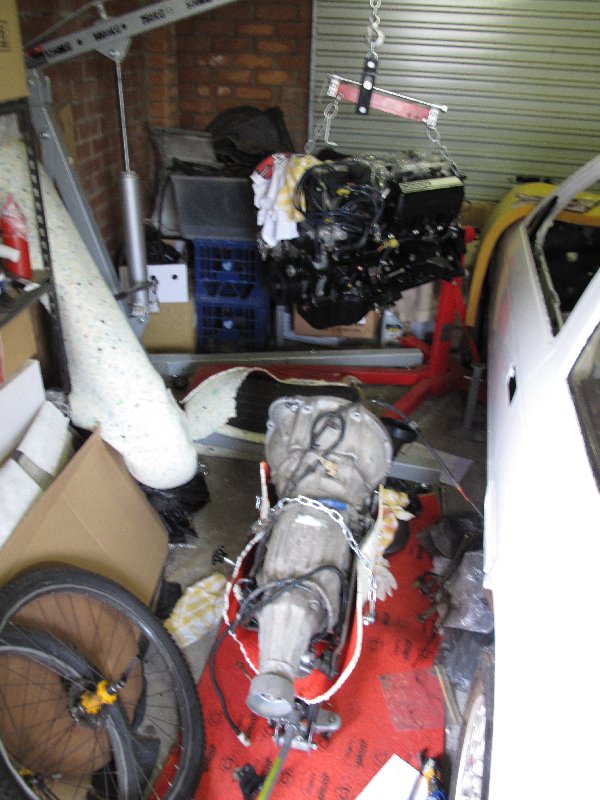
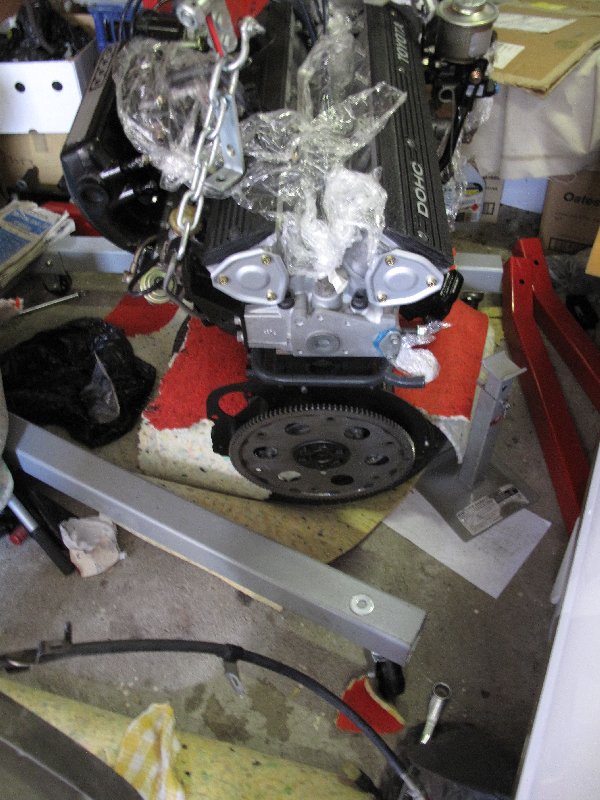
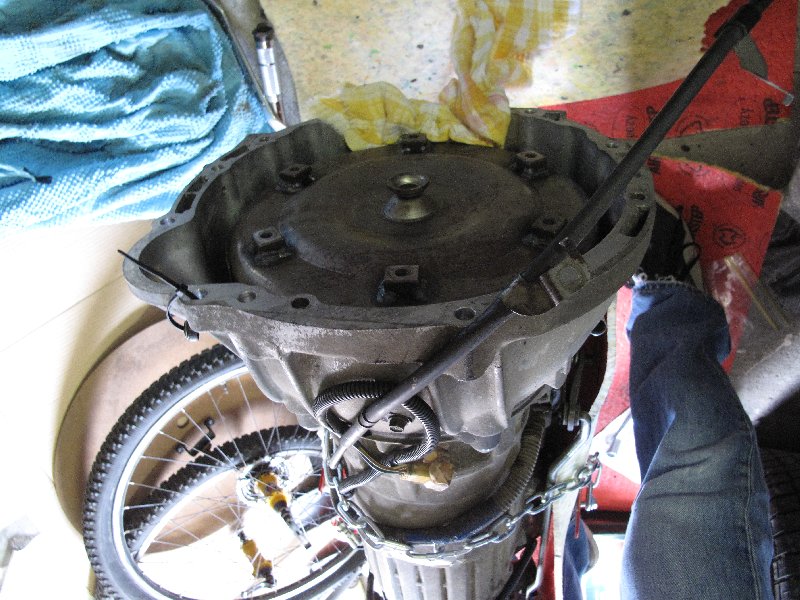

The rest of the engine includes the fuel delivery, throttle body (air delivery), exhaust, electrics and accessories.
Notes:
- Important to make sure all this stuff is clean (for aesthetic reasons, these are the parts people will see).
- Mostly fairly simple stuff.
- Here is where it is really important to have take good photos.

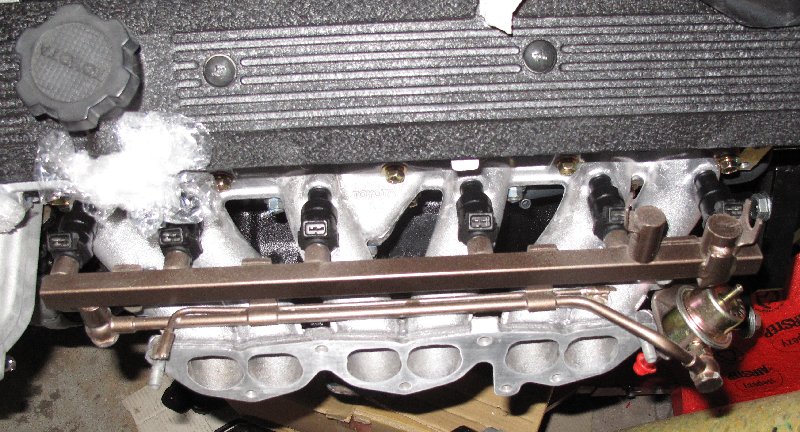
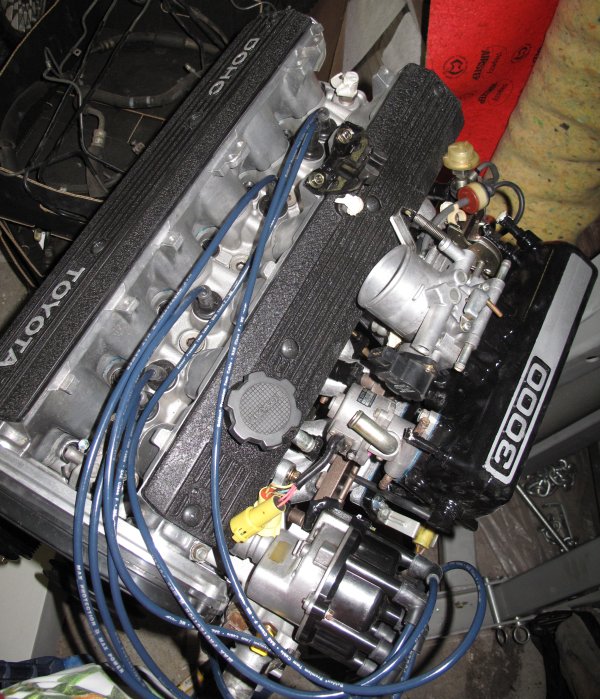

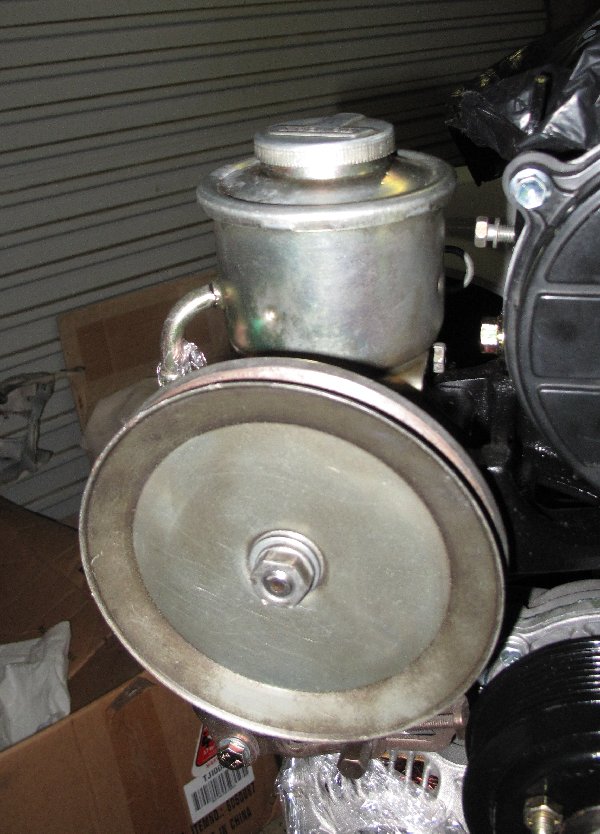
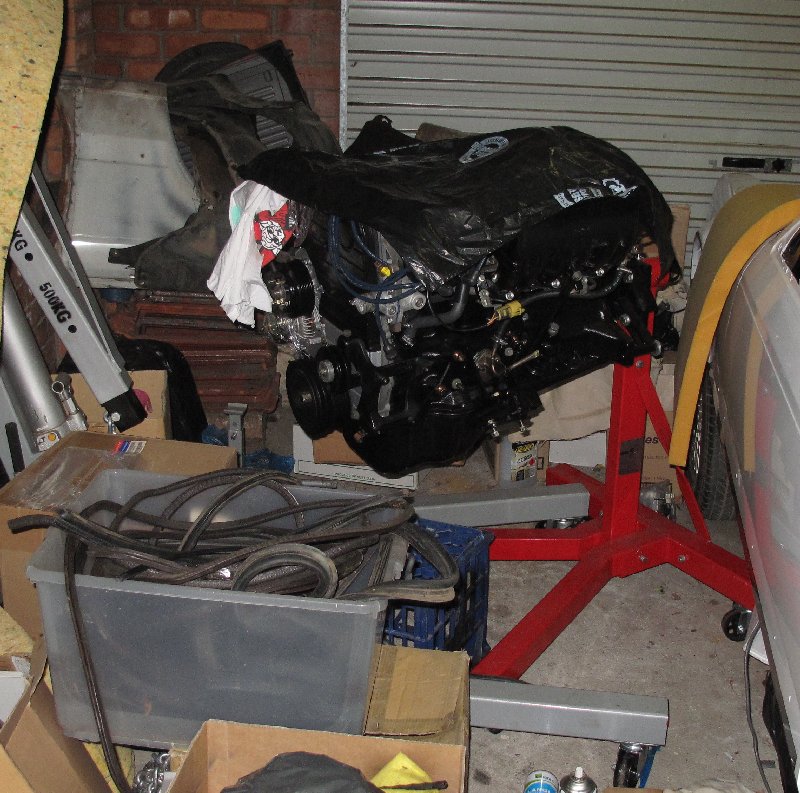
A lot of the tricky stuff was already done by the machine shop (seating the valves).
Notes:
- The surface of the cylinder head and surface of the block should be spotlessly clean before assembly. In particular they need to be clean of oil (which is difficult because they will have been oiled to prevent rust).
- It is essential to use new head bolts and to make sure they are torqued inn order and to specification.
- Clean everything. :(
- Always check everything!
- Follow the Manual!

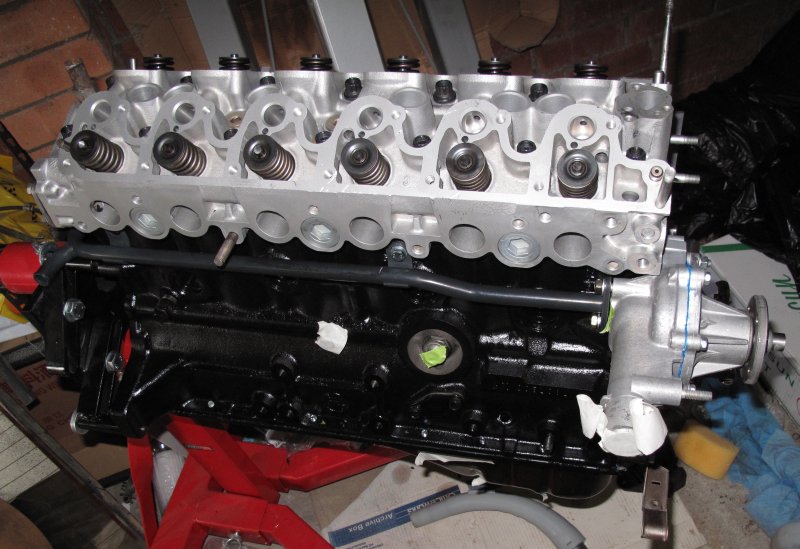
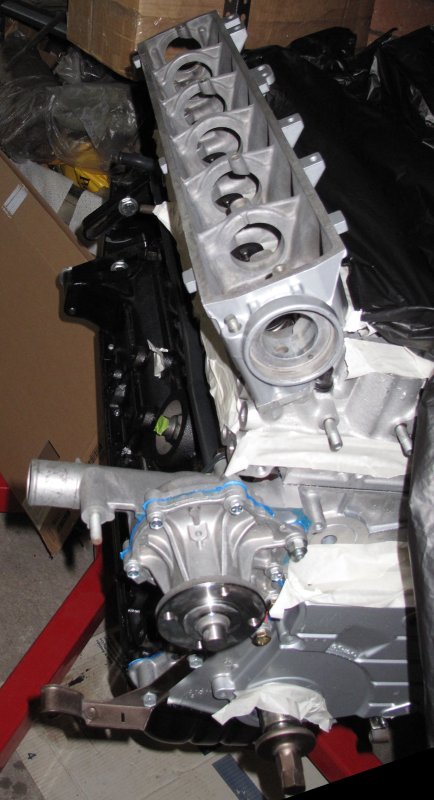

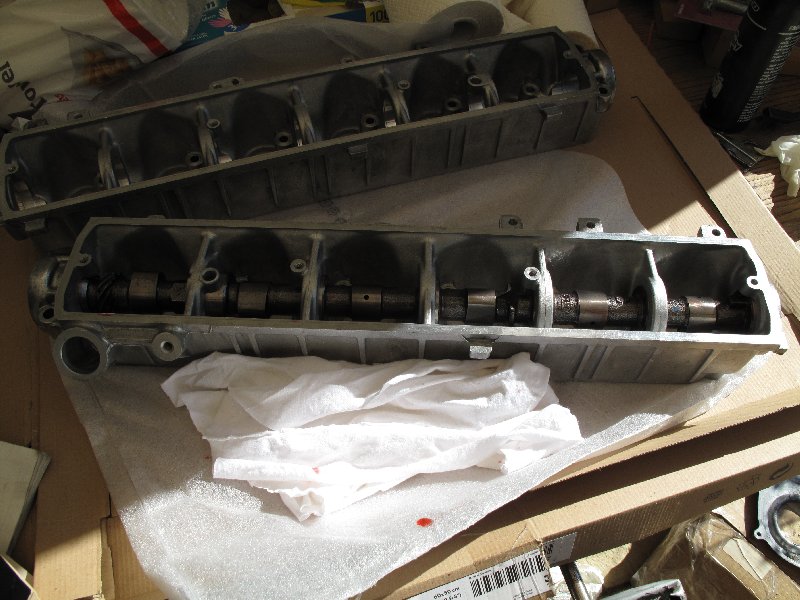

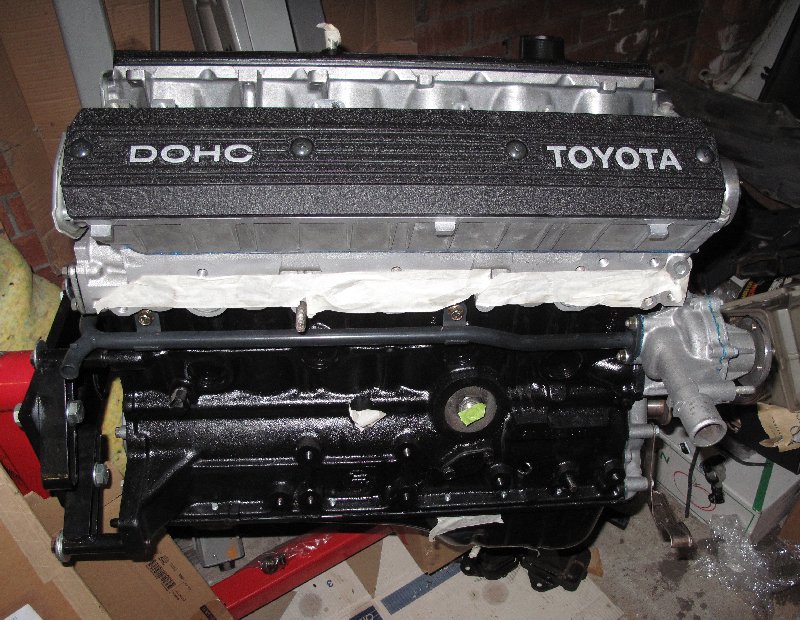
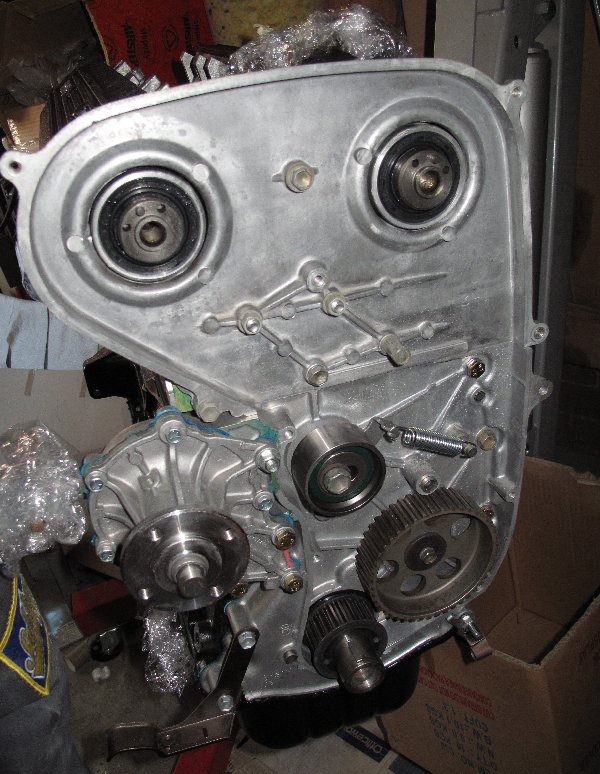
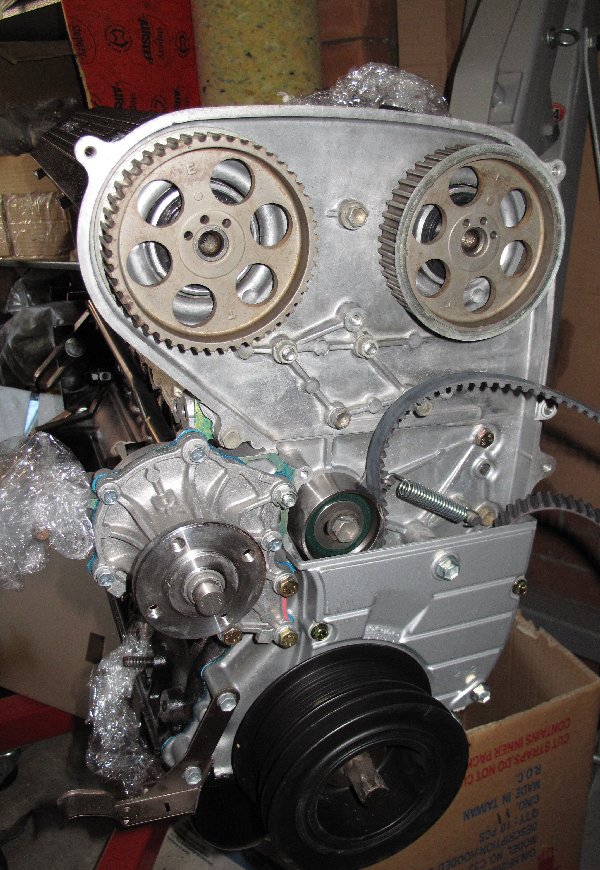
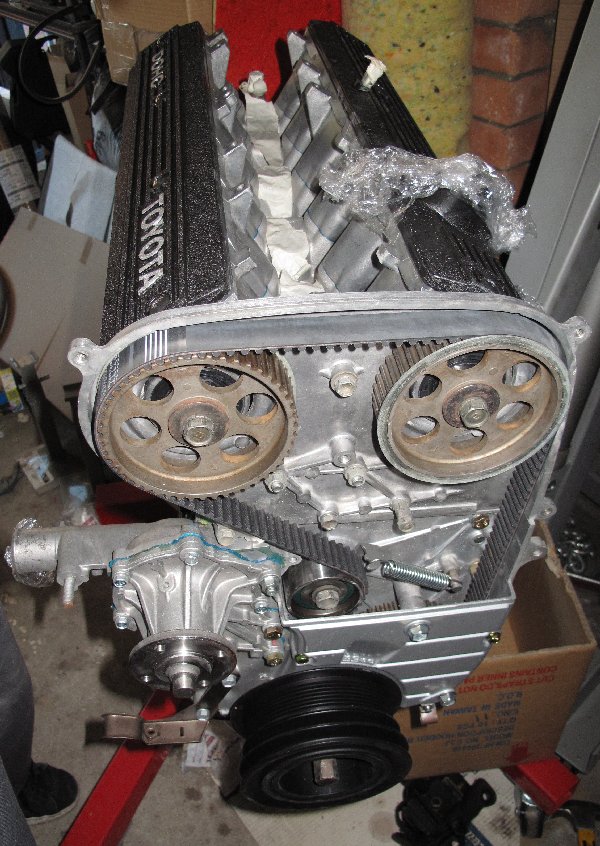
Reassembling the Block is the real fun part of the whole project. Most of the cleaning will have alread been done by the machine shop.
Notes:
- Don't force anything! (Gasket destroyed by over-torque)
- Using the right tools helps a lot! (Piston Ring Debacle)
- Everything needs to be spotlessly clean.
- Always make sure that the crankshaft is easily able to spin.
- Be careful with oil seals.
- Always check and recheck everything, because once it is all sealed up you will not be able to re-do it.
- Follow the Manual!
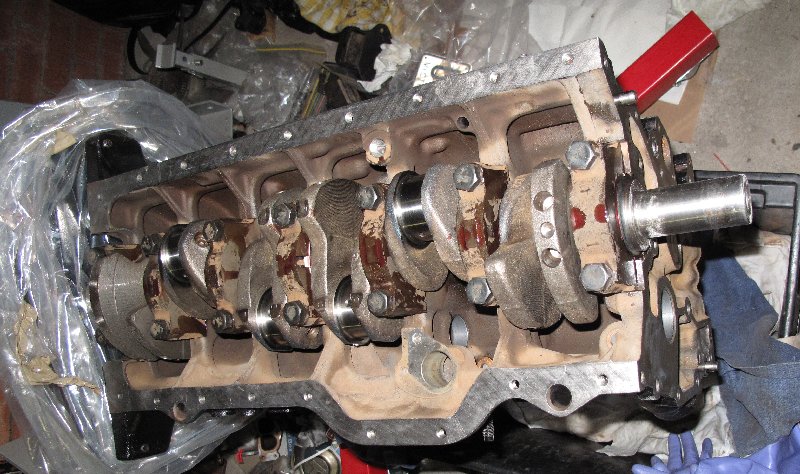
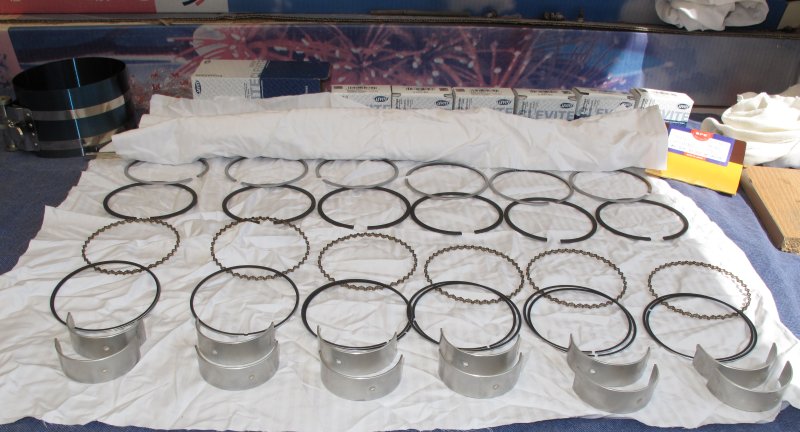
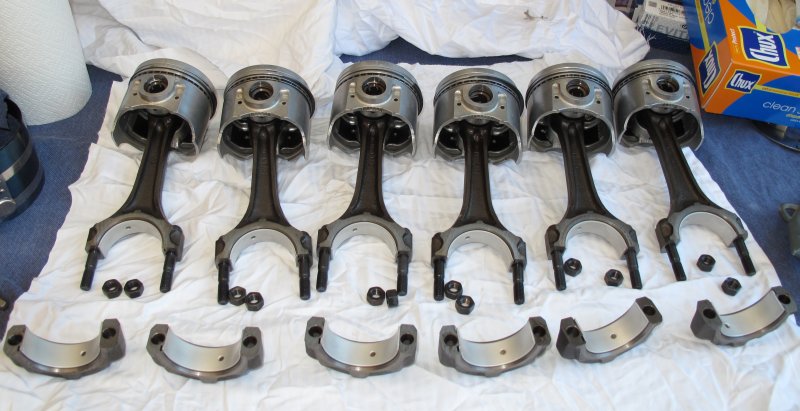
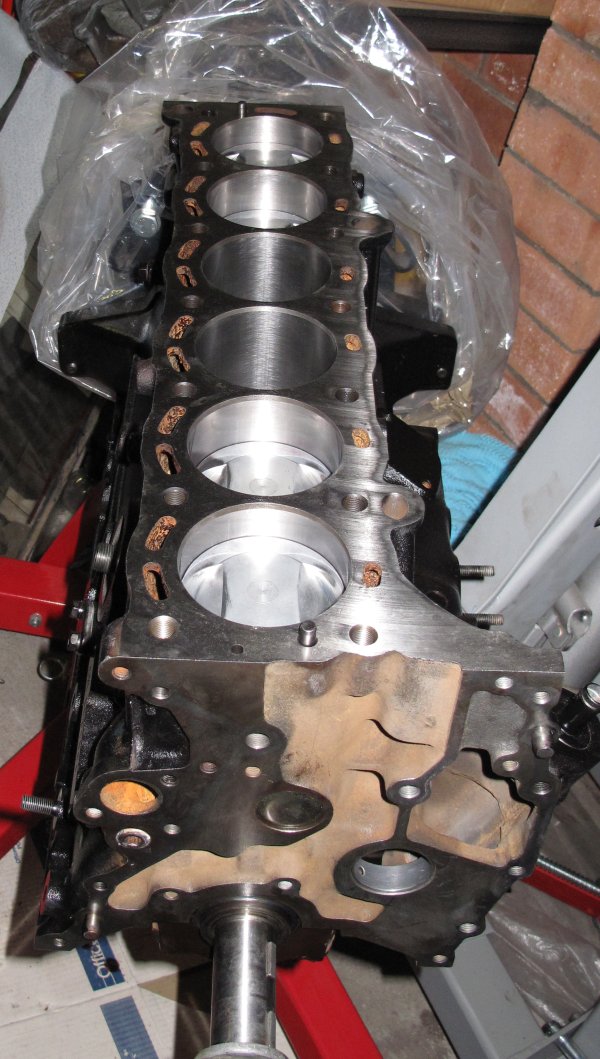
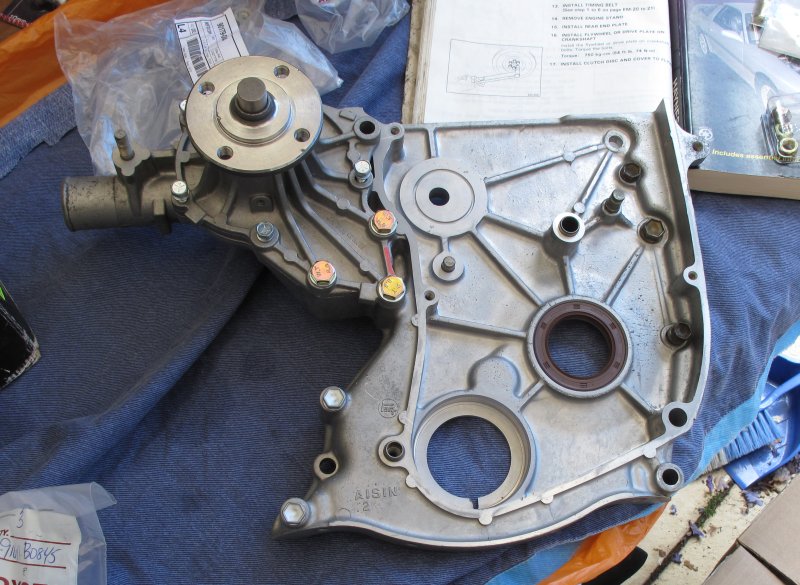
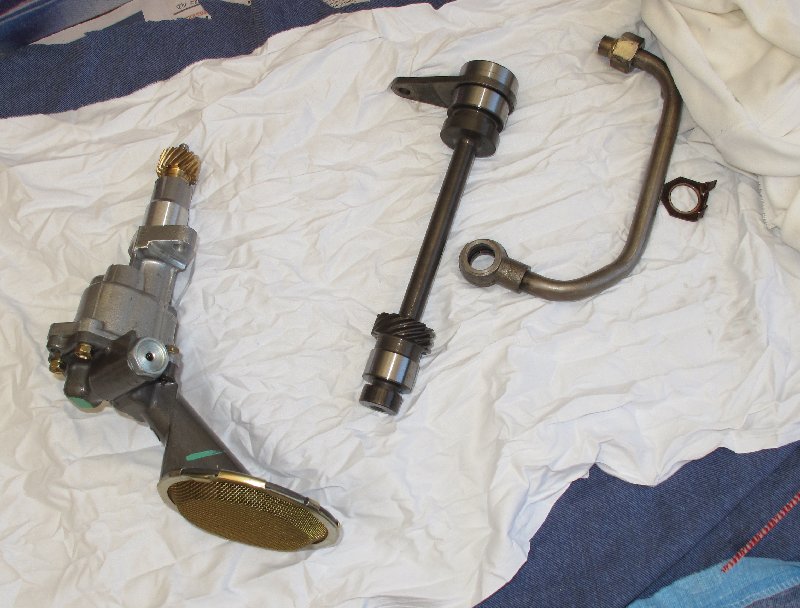

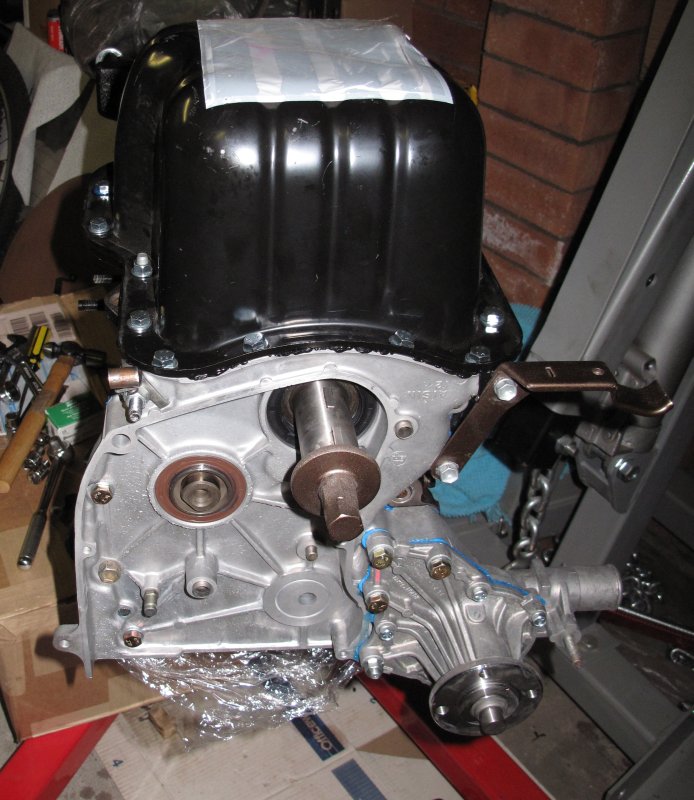
Some stuff you can't do yourself. For this there is the machine shop.
Machine Shop Services:
- Valve Regrind
- Mill the Block and Head
- Rebore or Bore Hone
- Clean
- Balance the Crankshaft
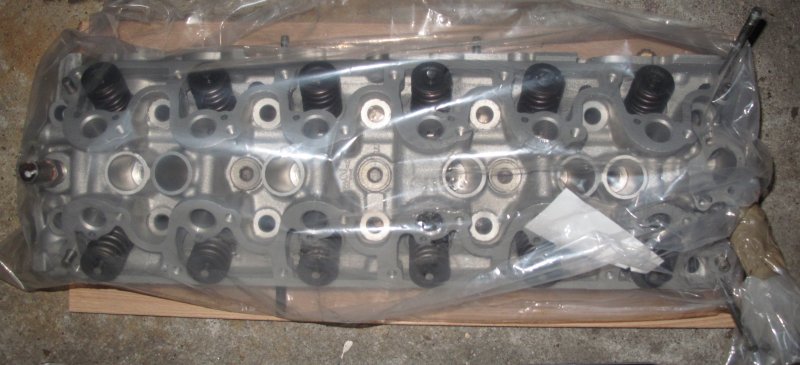
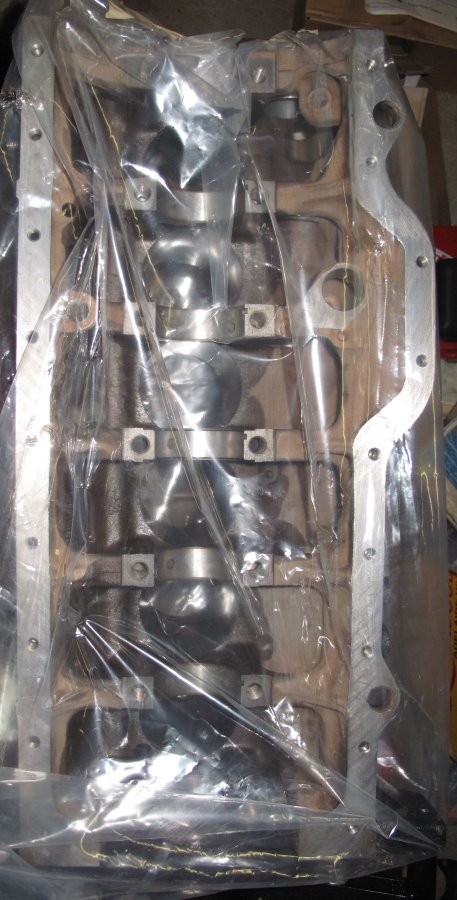
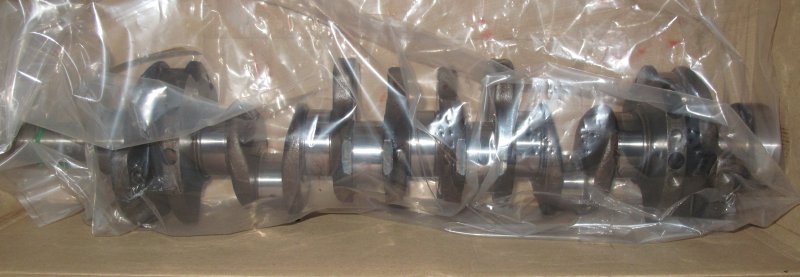
An engine teardown is where you disassemble the whole engine. It's easiest if you have the engine stable on an engine stand.
Notes:
- Take lots of photos!
- Keep all parts in clearly labelled Zip Lock bags.
- Using a Dymo can help you keep track of things.
- Try not to make things worse. (If something doesn't want to come apart don't force it unless you are sure you want to break it).
- Follow the manual! (Head Disassembly Block Disassembly)
- Take your time. If something isn't obvious ask on a forum.
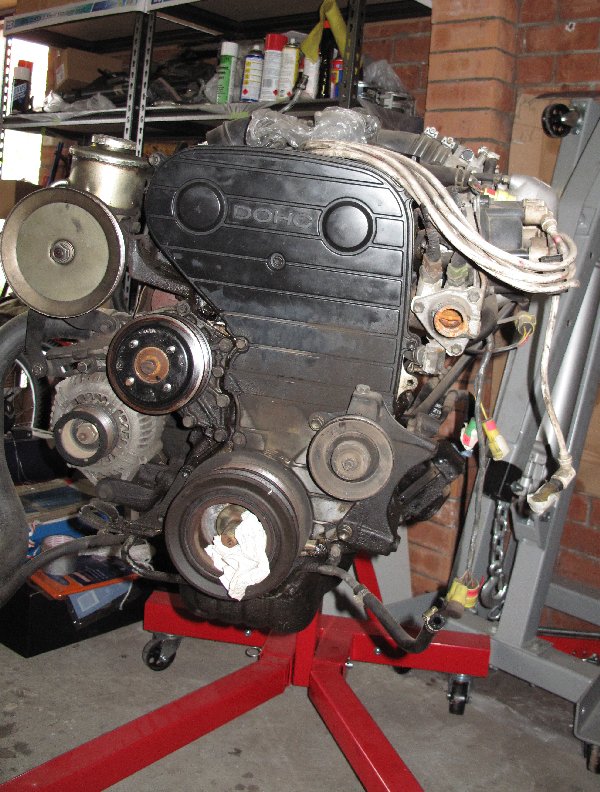
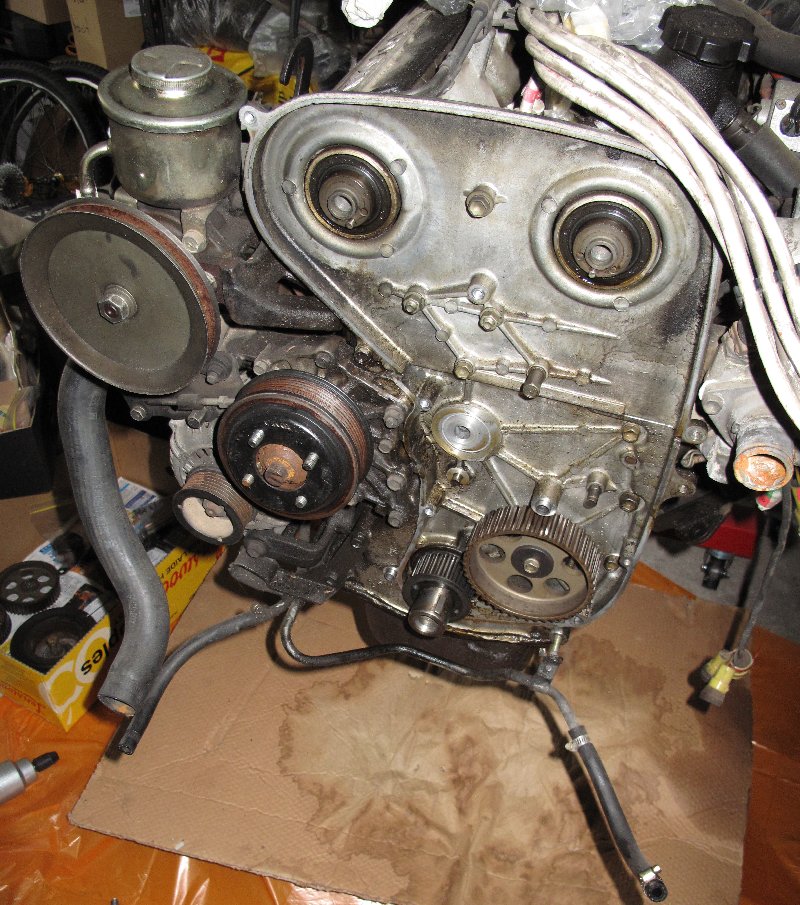
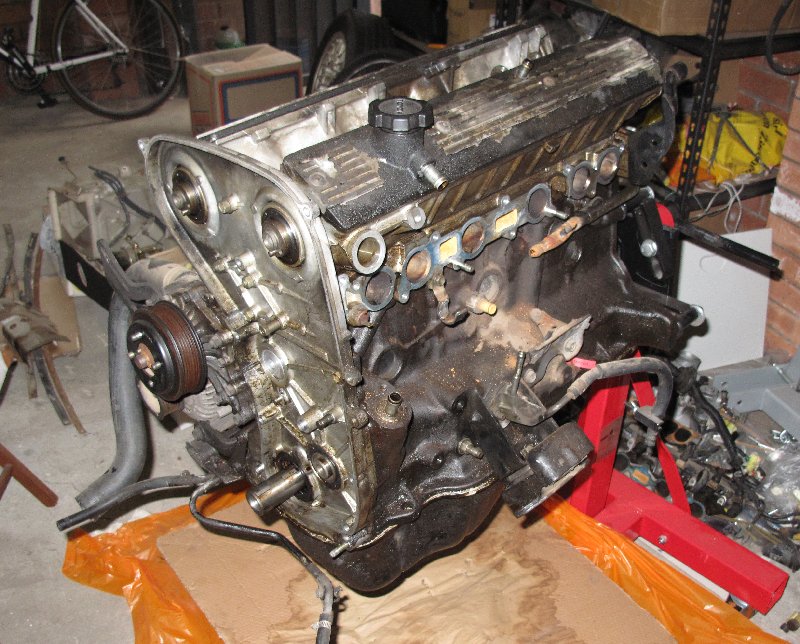
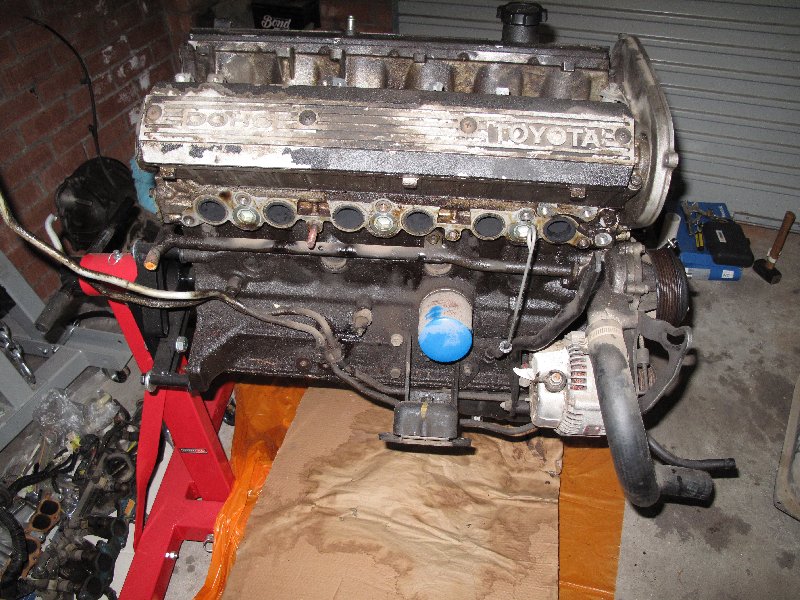
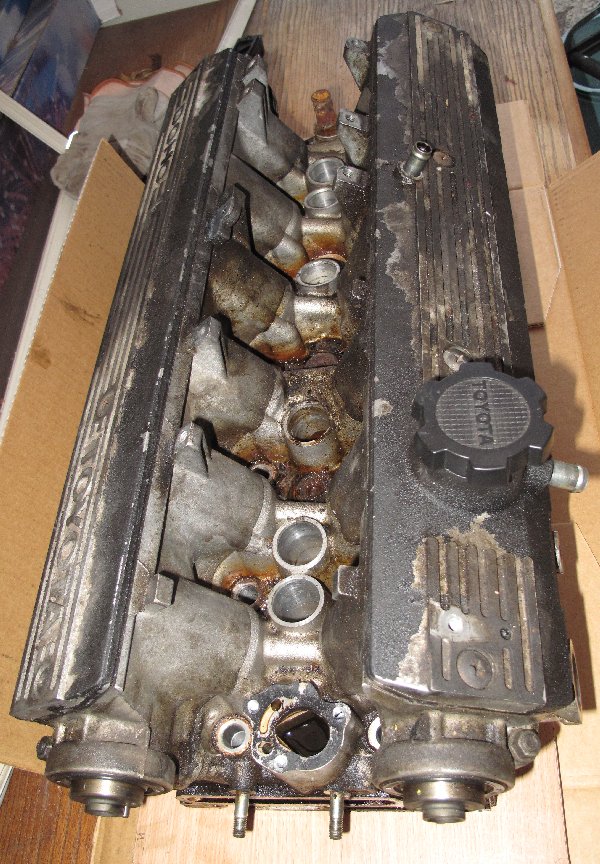
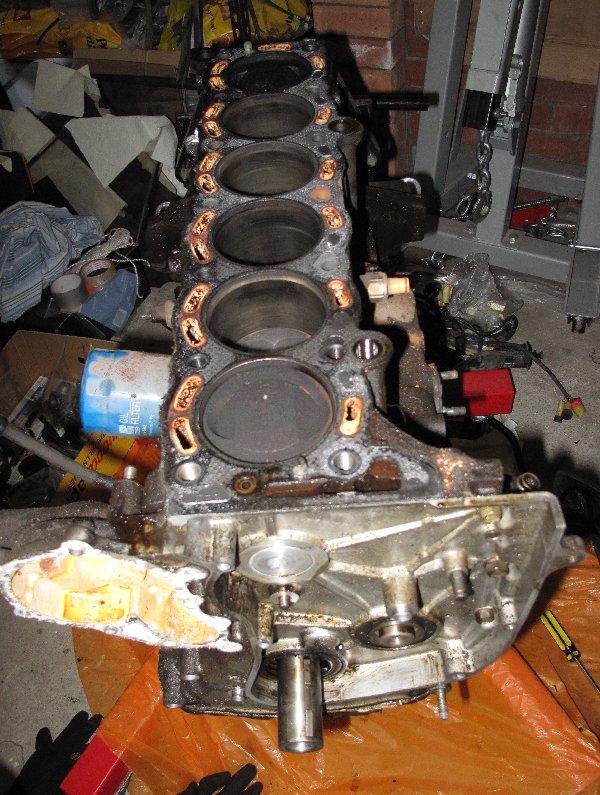
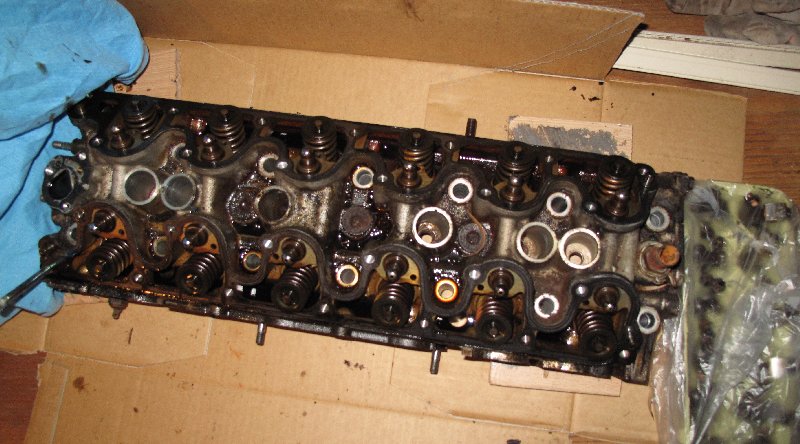
Removing the engine from the car is actually not as difficult as it sounds. The prep work is the difficult part.
Notes:
- Follow the Manual!
- Prep is the key, make sure everything is disconnected.
- If there is any resistance when you are using the engine crane stop!
- Take lots of photos.
- It is easier to do this with help.
- Be very careful not to damage anything (it is probably safer if yuo remove the fenders).
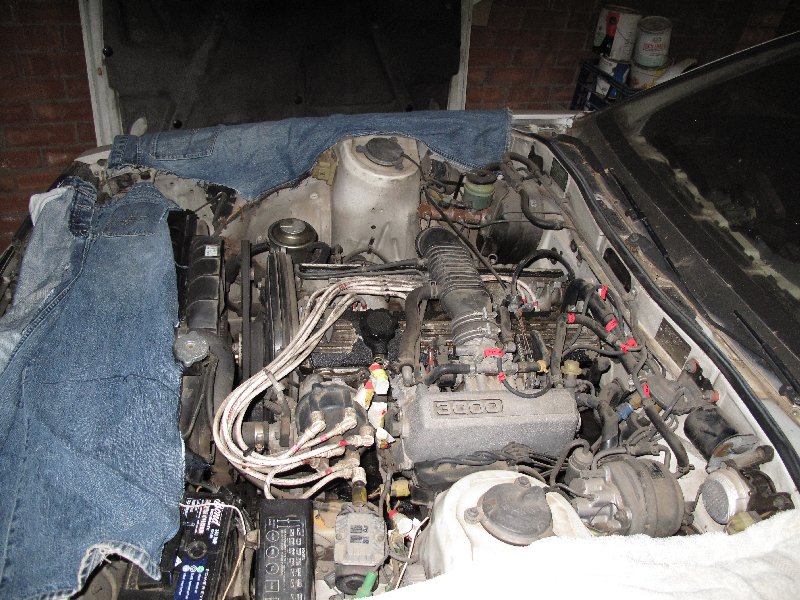
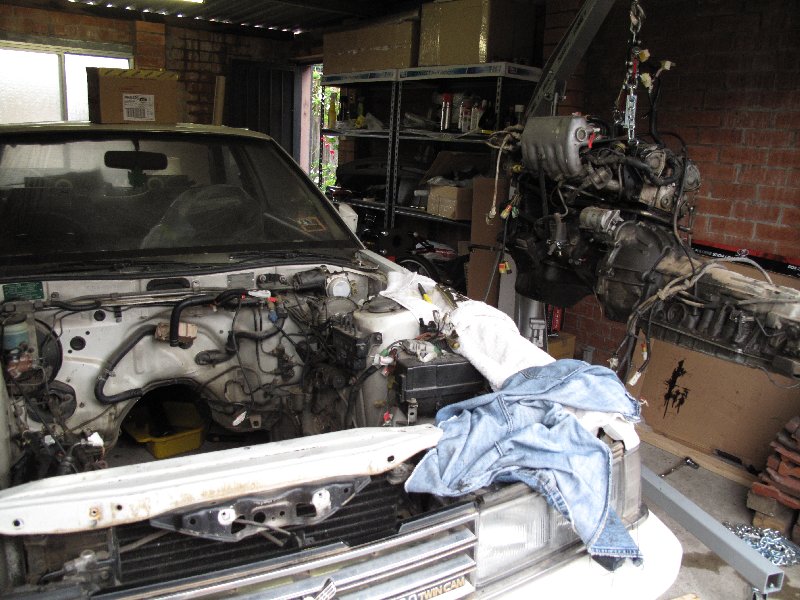
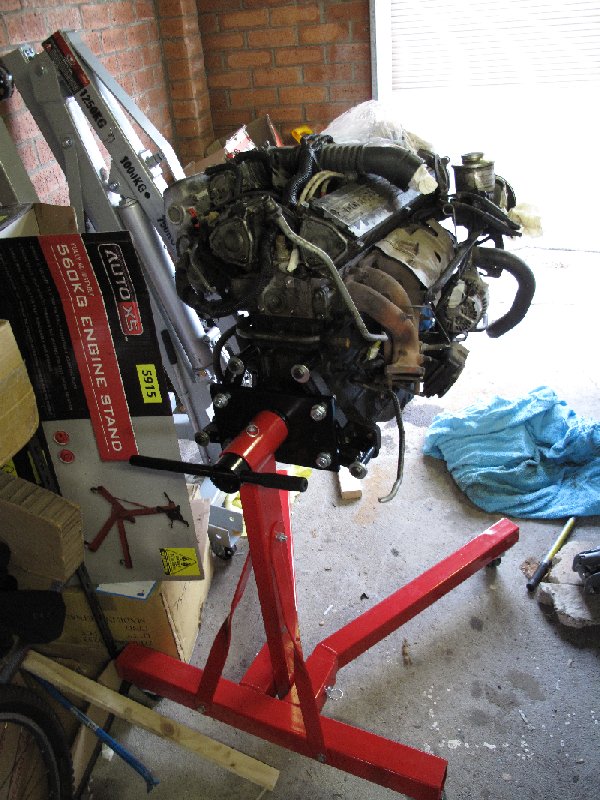
Online:
Best information is often free.
- TSRM
- ToyoDIY
- Forums (celicasupra.com toymods.net)
Books:
- Haynes

- OEM Workshop Manuals

- OEM Workshop Manuals in Japanese
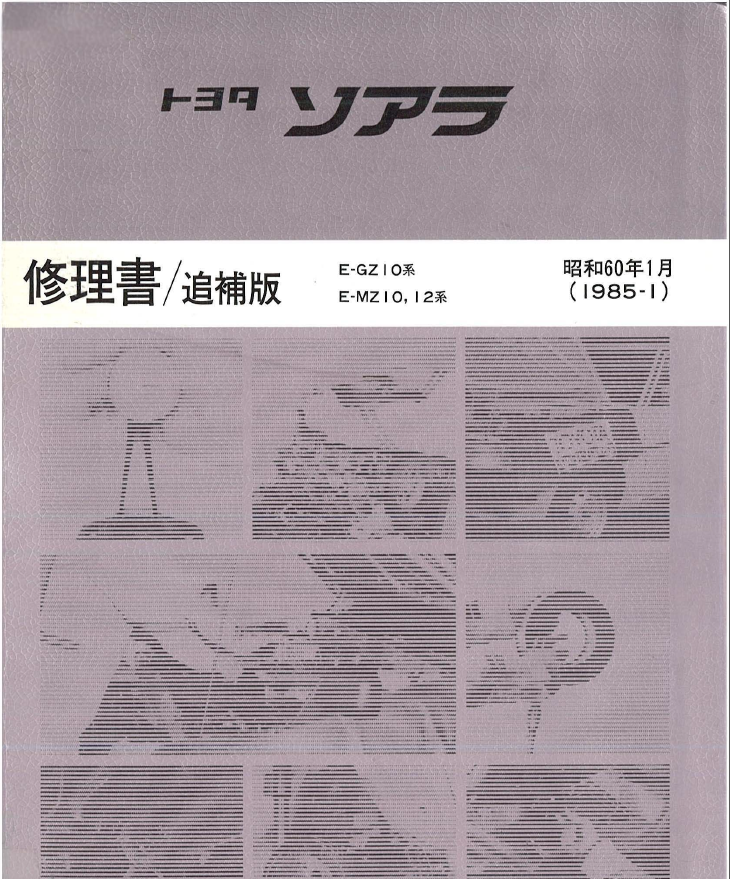
New:
If you can get new parts this is the best way to go. You will know they will work, and you won't have to clean them.
Places to get new parts:
- Rock Auto
- Amayama
- OEM
- Forums (celicasupra.com toymods.net)
- Local Auto Shops (Repco, Super Cheap, Burson, AutoOne)
Parts I got new.
- Camshafts
- Distributor Cap
- Valve Lifters
- Gaskets

- Oil Pan
- Alternator
- Power Steering Pump
- Oil Pump
- Piston Rings
- Bearings
- Spark Plugs
- Spark Plug Wires
- All Hoses
- Thermostat
- Oil Seals
- Head Bolts
- Some Hardware (Nuts and Bolts)
- Lube
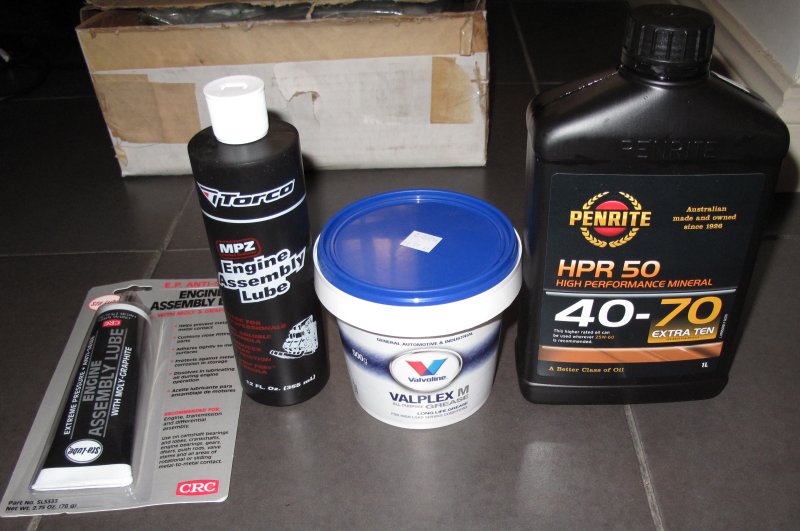
Used:
Used parts are often cheaper, but you will have to clean them and test them. Some parts you just can't get new.
- Ebay
- Yahoo Auctions
- Pick And Payless
- Forums
- Spare Parts Car

Parts I got used.
- Throttle Body
- Camshaft Housing
- Power Steering Reservoir
- ISCV
Reconditioned:
You can send parts away to get rebuilt or reconditioned. It's usually the most expensive option, and reserved only for parts you just can't get or can't trust used.
Parts I got reconditioned.
- Harmonic Balancer
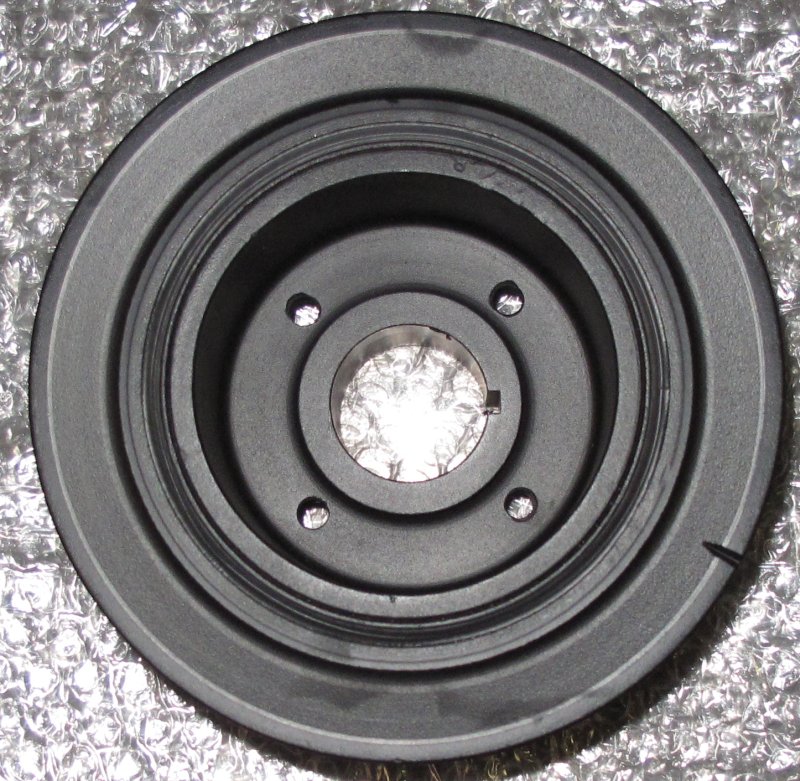
Safety First:
- Always disconnect the negative battery terminal before conducting any kind of maintenance.
- If you are going under the car, never just leave it on a hydraulic jack, always make sure it is on a jack stand and that the wheels are chocked.
- Usually best to work on a car when it is cold.

Some examples of engine maintenance you can do yourself:






